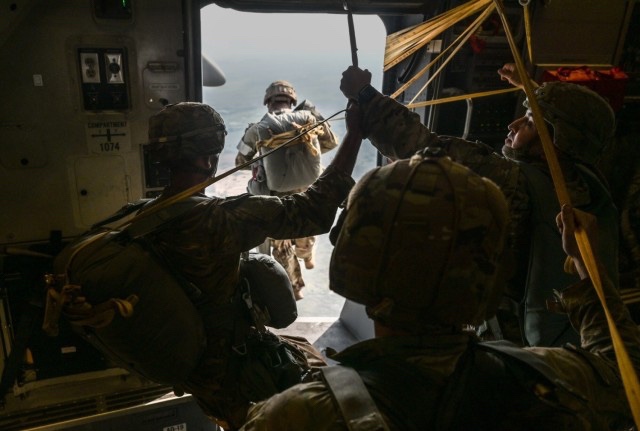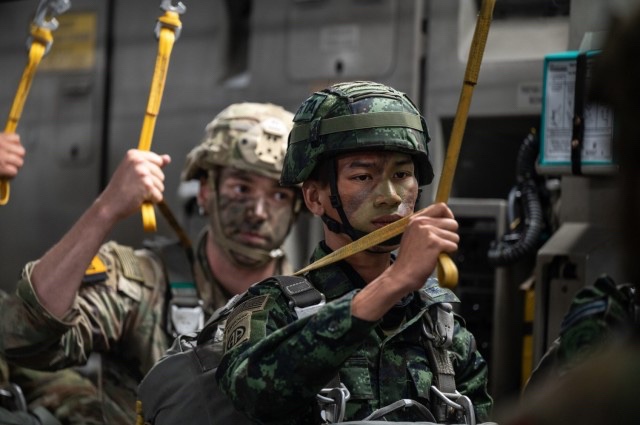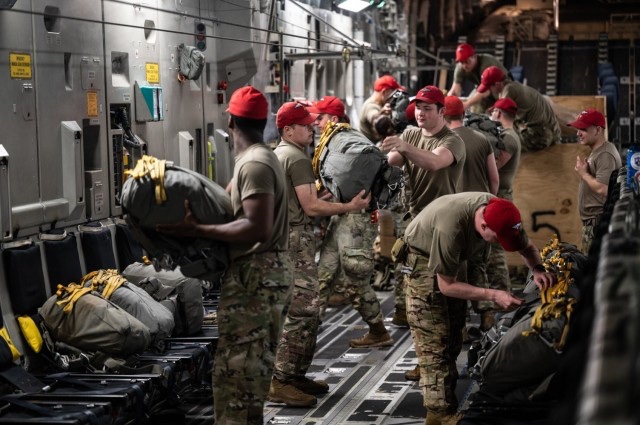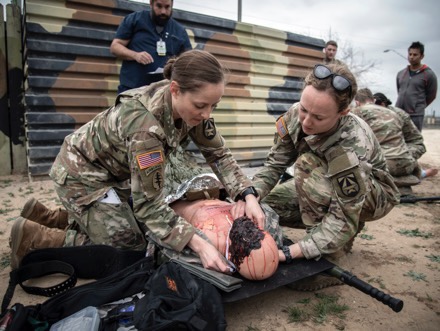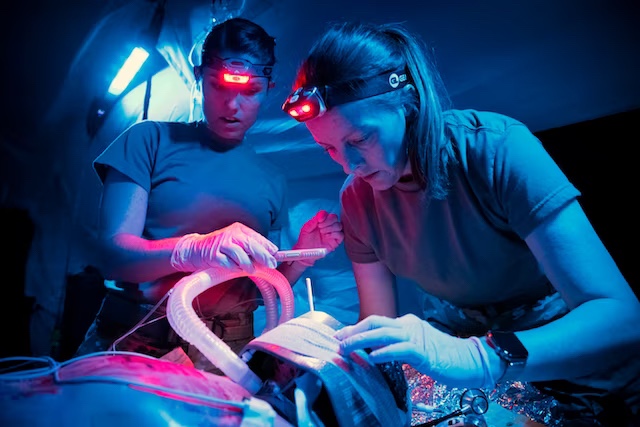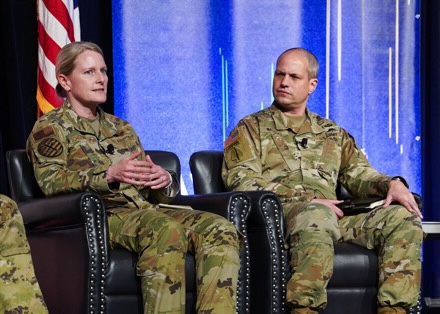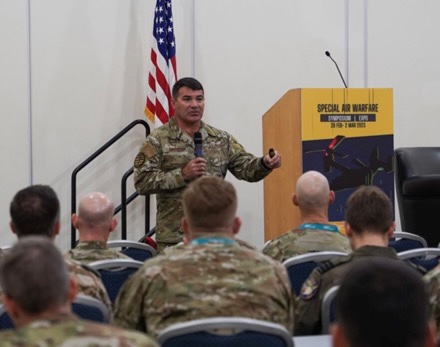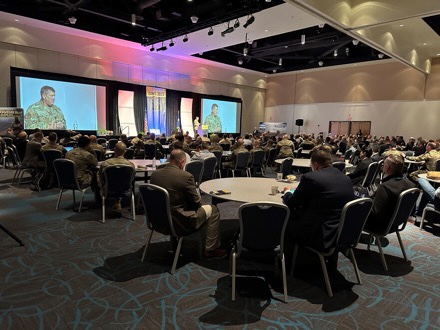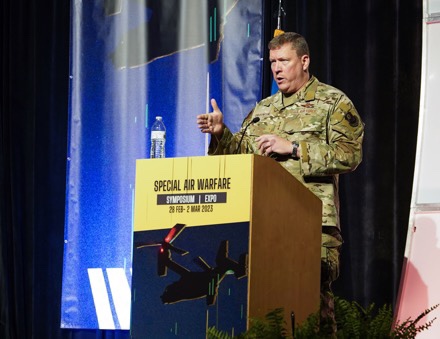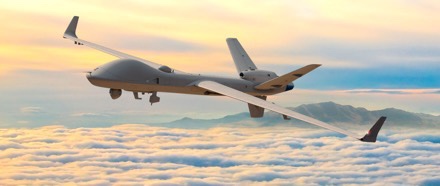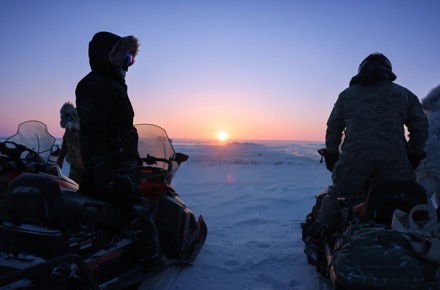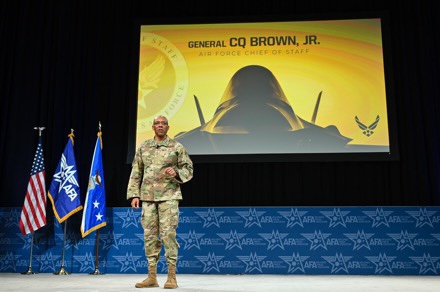
AURORA, Colo. (AFNS) —
The Air Force chief of staff announced March 7 a key component in how Airmen will Accelerate Change or Lose by successfully delivering airpower to deter and, if necessary, prevail.
Air Force Chief of Staff Gen. CQ Brown, Jr. announced at the 2023 Air and Space Forces Association Warfare Symposium in Aurora, he signed the Air Force Future Operating Concept to ensure long-range planning is intentionally linked to the Joint Warfighting Concept.
The new presentation of Airmen’s unique contributions to the Joint Force, allies and partners prioritizes conducting the service’s five core functions: Air Superiority; Global Strike; Rapid Global Mobility; Intelligence, Surveillance, and Reconnaissance; and Command and Control.
“Without the integrated capabilities of the United States Air Force, Joint Force opportunities are infrequent, fleeting and costly,” Brown said. “Future conflicts will be contested and complex.”
The new operating concept supports the National Defense Strategy through the convergence of the Air Force Force Generation deployment model, the Department of the Air Force’s Operational Imperatives, the Air Force Chief of Staff’s Action Orders, Accelerate Change or Lose and ways in which Multi-Capable Airmen will be trained to operate in future contested environments practicing Agile Combat Employment.
The Air Force Future Operating Concept presents six operational fights that Airmen must win simultaneously and can do so by being empowered to make decisions under a doctrine and culture of mission command.
“Trained appropriately, Airmen do not have to wait for orders from higher headquarters to make bold decisions and take advantage of fleeting opportunities,” said Lt. Gen. S. Clinton Hinote, Air Force Futures director.
Airmen must be able to prevail in these six key fights as they apply airpower in the defense of allies, partners and national interests: the fight to compete with or deter, the fight to get into theater, the fight to get airborne, the fight for air superiority, the fight to deny adversary objectives, and the fight to sustain ourselves, our allies and partners in competition and conflict.
During his symposium keynote, Brown reinforced the Air Force Future Operating Concept will only be successful if Airmen across the force are trusted and empowered to execute what the nation has asked them to do.
“We will not be able to execute the Air Force Future Operating Concept without mission command. It takes practice and intentional development,” Brown said to an audience of Air Force leaders. “You must brief mission command, you must train mission command, you must exercise mission command and you must debrief mission command. Mission command is essential to winning … In order to execute at a high standard, we can’t play for second place; we need to play to win.”
Secretary of the Air Force Public Affairs


